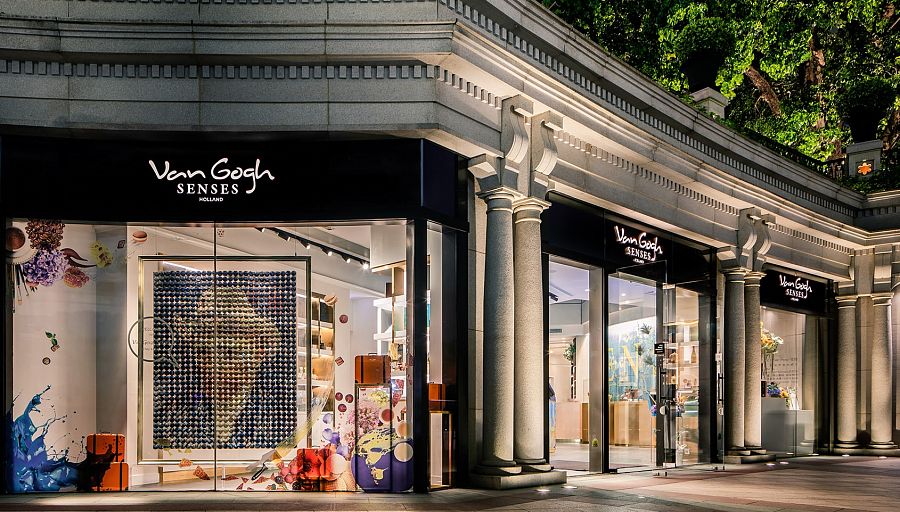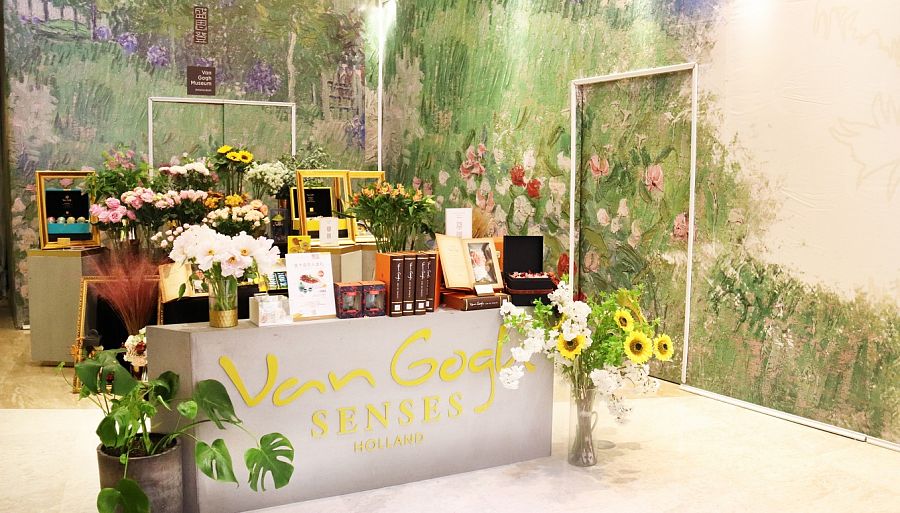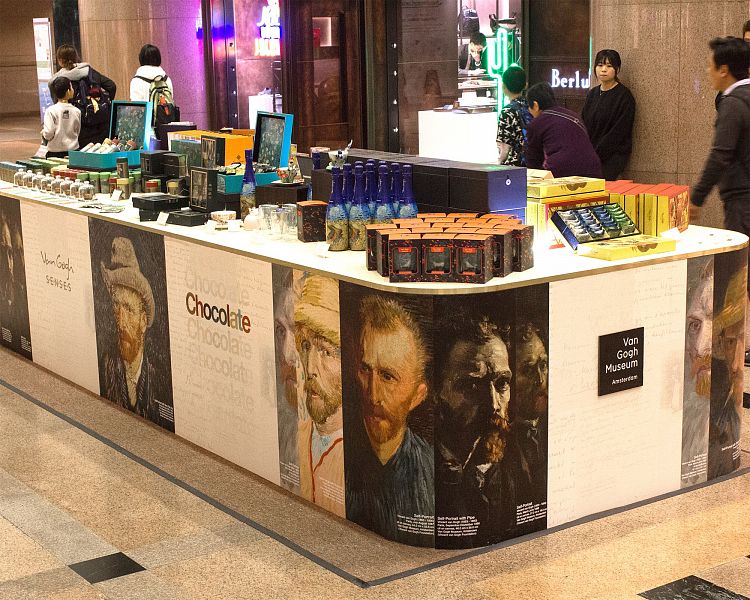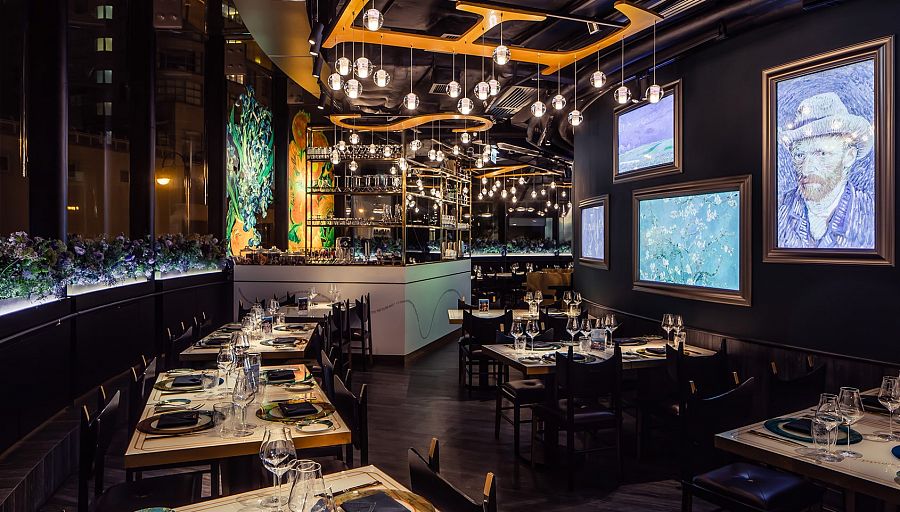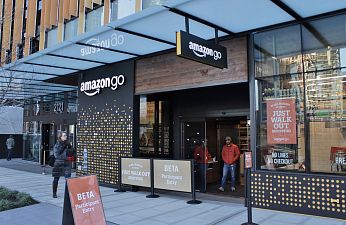The Van Gogh Museum’s flagship experiential concept, the award-winning touring exhibition Meet Vincent van Gogh, tells the story of an icon. Tortured artist. Genius of colour. The painter of sunflowers. He is known by many names. Meet Vincent reveals the truth behind the legend and the artworks – the real Vincent van Gogh.
In order to share the Van Gogh Museum’s wealth of knowledge on the real Vincent, we have developed a range of experiential content that focuses more on Vincent’s inspiring life story, rather than only on his artworks. Van Gogh Museum experiential content like Meet Vincent answers our audience’s – particularly millennials- demand for immersive and branded content that gives them the memorable experiences they want. But they don’t just want it from the arts and culture sector- they want it from retail, too.
MAPIC is an annual gathering of the international retail real estate, leisure and visitor attractions industry leaders in Cannes, France. This year’s conference, held in November, highlighted the importance of diversifying the retail industry into lifestyle destinations. Now that retailers are dancing to the beat of millennials’ drums, the arts sector is in a unique position to create added value for retail centres by turning them into cultural destinations. As we know, incorporating a cultural attraction- particularly one with a strong brand name behind it- generates repetitive visits because it gives your customers the chance to create memories in your space.
Following the success of the Meet Vincent van Gogh Experience in Seoul, Korea earlier this year, I was asked to share my views on experiential content in the Asian retail market at this year’s MAPIC Asia Forum. Vincent van Gogh’s life story and the Van Gogh Museum has demonstrated success in Asian markets. For example, Vincent van Gogh has a 93% recognition rate across the Chinese, Japanese, South Korean and US/UK markets.
This high level of recognition is opening the doors to a wide range of opportunities for collaboration between the Van Gogh Museum and the retail real estate sector. Looking to the future, we began to think about how we could grow our existing licensing business into multi-use experiential content that successfully converts the Museum’s authentic arts and cultural brand into a lucrative collection of Van Gogh experiences for retail and lifestyle destinations.
One of the prime examples of this is Van Gogh SENSES, a lifestyle destination combining a fine-dining restaurant, gift shop, boutique, florist and a café with locations in the K11 Arts Malls across China. Furthermore, Meet Vincent van Gogh Seoul’s 80,000 visitors and strong branding also contributed to redefining and revitalising the Woojung Arts Centre, bringing it back into the fold of Seoul’s contemporary arts and culture scene.
Through in-store activations with the LOTTE Group and local technology leader, LG Display, we noticed an increase in visitors to both the Experience and the Lotte Department stores in Seoul. As expected, Van Gogh Museum merchandise did very well in South Korea, with a high conversion rate of 25%. Elsewhere, another Van Gogh Museum retailtainment initiative, the Van Gogh Museum Editions Pop-Up, is touring the United States’ premiere retail destinations. The Pop-Up is currently on display at Chicago’s Northbrook Court shopping mall. The Museum is also looking to the future of creating bespoke content and retailtainment solutions, based on the strength of our brand.
So, the material is there for increased collaborations between Museums and shopping malls. However, I believe that there are certain key aspects to keep in mind. Firstly, always opt in for the culturally authentic brand. This brings a seal of authority to impress both your customers and your competitors. Secondly, it’s essential for both our industries to speak the same language and recognize each other’s shared goals. Thirdly, both the museum and shopping mall sectors must continue to adapt in order to appeal to millennials- their generation is looking for experiential content in cultural entertainment, as well as retail.
By working together, our two industries can convert authentic cultural brands, like the Van Gogh Museum’s, into lucrative lifestyle and food & beverage concepts that give customers something to invest in and – most importantly- something to return to.

 Подписаться
Подписаться

